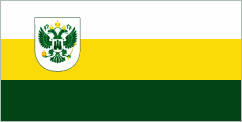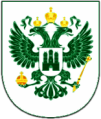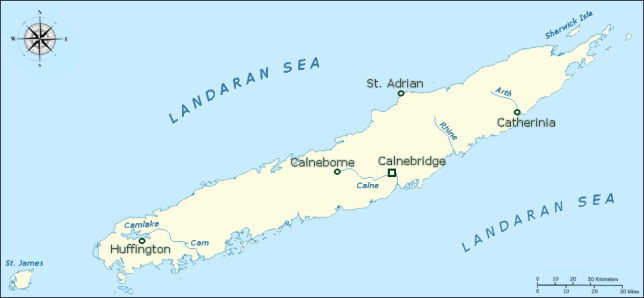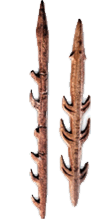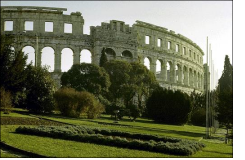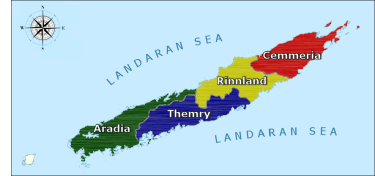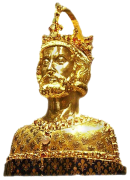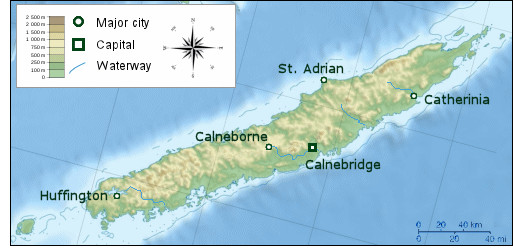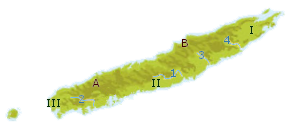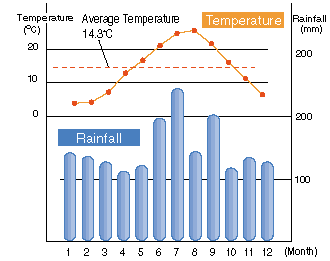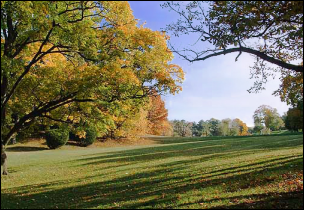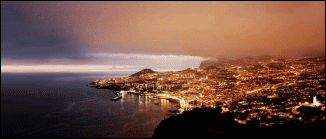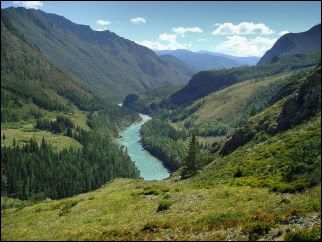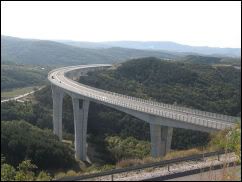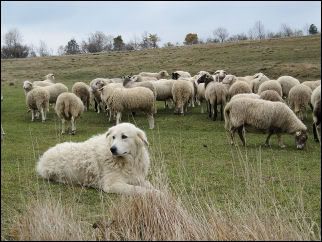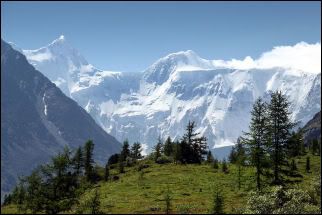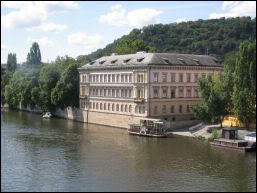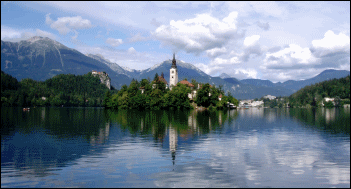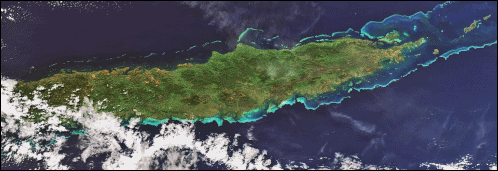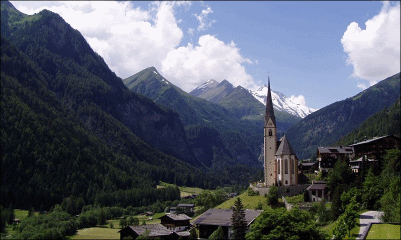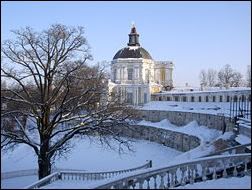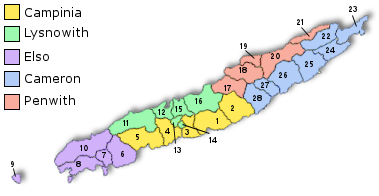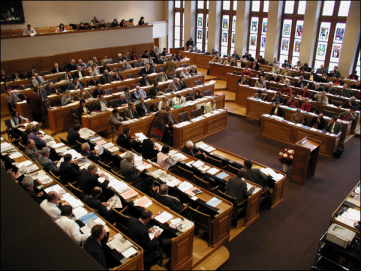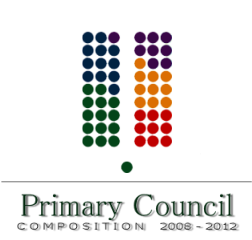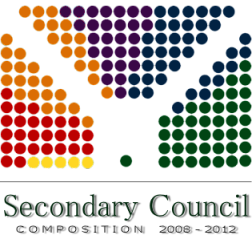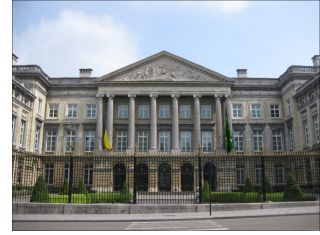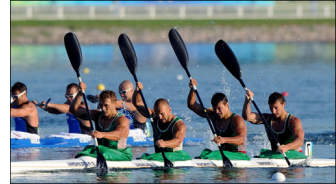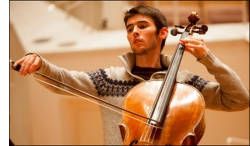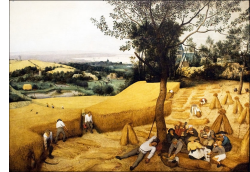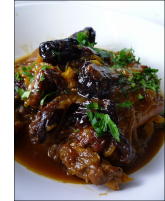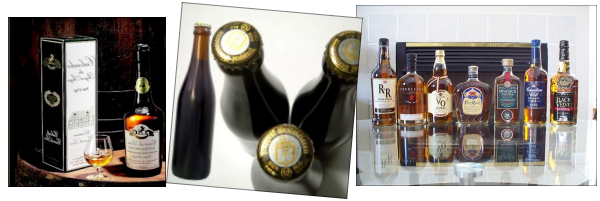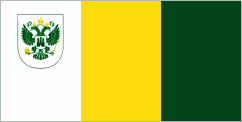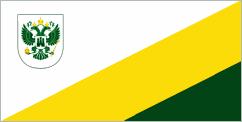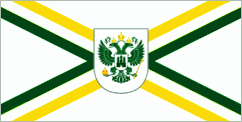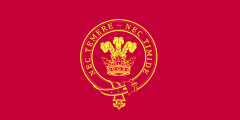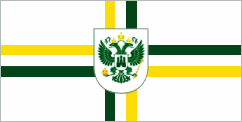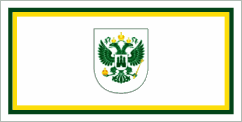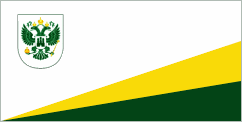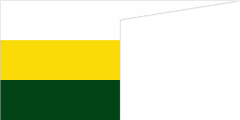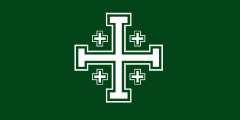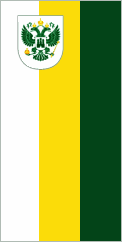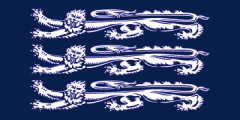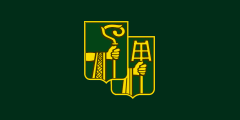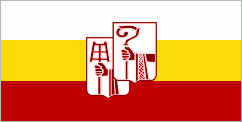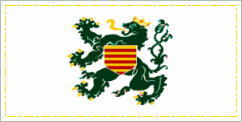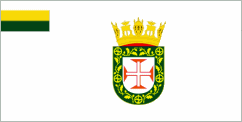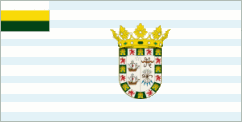(Construction might take weeks as I intend to complete it section by section. For advice, comments or spelling/grammar corrections: please telegram me.)
This factbook is best viewed in a 1440 x 900 resolution - for proper alignment.
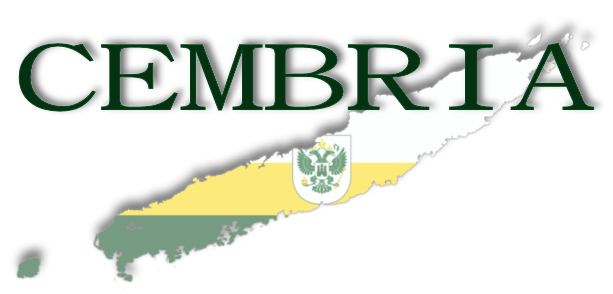
Table of Content:
- General Information
- National Symbols
- World Cencus 2011
- History
- Prehistory (Before 800 BCE)
- Classical Antiquity (800 BCE - 412 CE)
- Migration and the Cemberi
- Lucavan Era
- Christianity
- Middle Ages (412 CE - 1517 CE)
- Early MiddleAges (412 CE - 1020 CE)
- Black Death (1198 - 1199 CE)
- High Middle Ages (1020 CE - 1517 CE)
- Kingdom of Cembria under Alderiquean Rule
- Kingdom of Cembria under Clovingian Rule
- Geography
- Composition and Topography
- Summary
- Climate & Biodiversity
- Climate
- Biodiversity
- Gallery
- Composition and Topography
- Government & Politics
- Administrative Divisions
- Provinces
- Municipalities & Herreds
- Monarchy
- National Government
- Executive Branch
- Council of Ministers
- Legislative Branch
- Judicial Branch
- Executive Branch
- Subnational Government
- Provincial Politics
- King's Commissioner
- States Provincial
- States Deputed
- Municipal Politics
- Mayor
- City Council
- Alderman
- Provincial Politics
- Political Parties
- Political Parties Represented in the States-General
- Administrative Divisions
- Economy
- Military
- Branches
- Army
- Navy
- Air Force
- Branches
- Demographics
- Culture
- Sports & Recreation
- Kayaking & Rowing
- The University Boat Race
- Lacrosse
- Hunting & Trapping
- Kayaking & Rowing
- Music & Literature
- Music
- Literature
- Fine Arts
- Philosophy
- Cuisine
- Apple within Cembrian Gastronomy
- Traditional Beverages
- Tobacco & Cannabis
- Sports & Recreation
- Vexillology
- Design & Terminology
- Symbolism
- List of Cembrian Flags
- National - Regal - Governmental - Military Flags
- Pennants
- Provincial Flags
- Crown Dependencies
- Royalty
- Crown Dependencies



